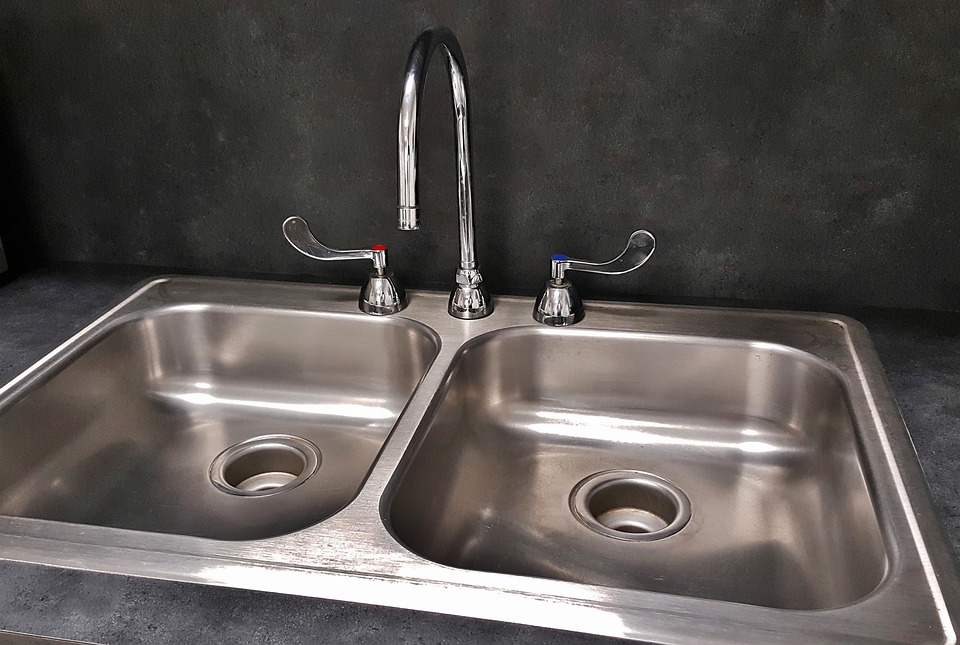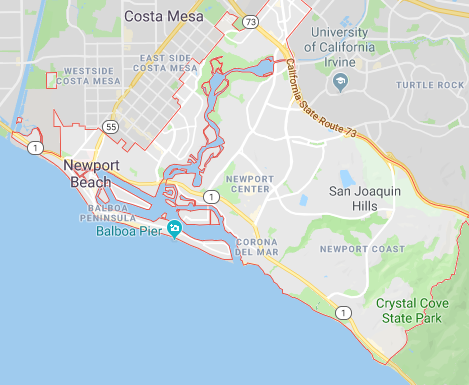What California Property Owners Should Know About Plumbing Regulations: Key Points and Compliance Tips
Navigating plumbing regulations in California can be a challenging task for property owners. Understanding these regulations is critical, as noncompliance can lead to significant legal and environmental consequences.
All plumbing fixtures must adhere to specific rules concerning water usage. For example, faucets can use no more than 2.2 gallons per minute, and showerheads should not exceed 2.5 gallons per minute.
These regulations not only ensure compliance but also play a crucial role in conserving water and protecting the environment. Noncompliant fixtures can lead to hefty fines and unnecessary water wastage, which can be detrimental in a state often facing drought conditions.
You may find some exemptions or streamlined regulations, particularly in regions like Orange County, which aim to balance sustainability goals with practical implementation.
Keeping your plumbing systems up to code gives you peace of mind and can even offer cost savings in the long term.
Streamlining plumbing involves upgrading to high-efficiency models, which can significantly reduce water consumption and utility bills.
Stay informed on the regulatory landscape to make the best decisions for your property and the environment.
Overview of California Plumbing Regulations
California plumbing regulations encompass a variety of state and local codes that ensure safety, efficiency, and environmental protection. These rules include mandatory standards that property owners must follow, such as compliance with water efficiency requirements to help conserve natural resources.
State and Local Codes Compliance
To comply with California’s plumbing regulations, understanding both state and local codes is essential.
The California Plumbing Code (CPC) guides the design, installation, and maintenance of plumbing systems throughout the state.
Local building departments may have additional requirements, so it’s critical to consult both state and local regulations.
State regulations are primarily based on the Uniform Plumbing Code, with amendments specific to California. This ensures that plumbing systems maintain health and safety standards, while also protecting the environment.
Local codes can vary significantly, particularly in areas like Los Angeles or Orange County, where additional sustainability measures may be implemented.
It’s essential to check with local authorities to ensure that all specific requirements are met.
Mandatory Water Efficiency Standards
California has implemented water efficiency standards to address water scarcity and promote conservation.
Noncompliant fixtures, such as faucets using more than 2.2 gallons per minute or showerheads exceeding 2.5 gallons per minute, must be replaced or removed to meet these regulations.
These standards aim to reduce water usage in residential and commercial properties.
Property owners need to ensure that fixtures like toilets, urinals, and faucets meet “low-flow” criteria, which not only comply with regulations but also contribute to lower water bills.
Significant incentives and rebates may be available to property owners who upgrade to water-efficient fixtures, which can offset initial costs and provide long-term savings.
These programs encourage the adoption of sustainable practices across California.
Non-Compliant Plumbing Fixtures
Non-compliant plumbing fixtures in California are those that exceed specific water usage limits. These must be identified and replaced to avoid penalties.
It’s important to understand the criteria for compliance to ensure your property adheres to state regulations.
Identification and Replacement
In California, non-compliant plumbing fixtures involve those using more water than allowed by state standards.
For instance, any faucet using more than 2.2 gallons per minute, showerheads exceeding 2.5 gallons per minute, toilets using over 1.6 gallons per flush, and urinals using more than 1 gallon per flush are non-compliant.
When identifying these fixtures in your property, utilize the specified water usage criteria.
If any fixtures are found to be non-compliant, replacements with water-saving models are mandatory. This ensures adherence to California’s stringent water conservation laws.
Keep records of improvements for verification purposes if required by any authority inspections.
Penalties for Non-Compliance
Failure to replace non-compliant plumbing fixtures may result in legal and financial penalties.
California law mandates disclosure of any such fixtures to potential buyers during real estate transactions. Not doing so can jeopardize the sale and result in legal actions against the seller.
Besides legal issues, non-compliance can lead to substantial fines or increased water bills due to excessive usage.
It’s essential to ensure all fixtures are up to code to avoid these issues. Regularly reviewing and updating your plumbing fixtures as needed will help maintain compliance with state regulations.
Plumbing’s Environmental Impact
Plumbing systems in California play a significant role in both water conservation and the reduction of harmful wastes. Understanding how these systems are regulated can help you appreciate their impact on the environment.
Water Conservation Efforts
Property owners in California need to pay attention to water usage.
Regulations require that plumbing fixtures use minimal water. For instance, faucets should not exceed 2.2 gallons per minute, and showerheads are capped at 2.5 gallons per minute.
These limits are designed to combat water scarcity and align with conservation goals.
Compliance with flow rates ensures that each property contributes to the state’s larger environmental objectives.
Mandatory replacements of outdated fixtures are also part of this drive to reduce water consumption.
Reduction of Harmful Waste
Modern plumbing designs help in decreasing the release of harmful substances into the environment. The focus is on minimizing toxic waste and improving water purity.
Initiatives like the California Safe Drinking Water Act emphasize safe disposal of contaminants, protecting water sources.
By selecting the right materials and systems, plumbing can limit environmental damage. This translates to fewer pollutants entering waterways, which is critical for maintaining ecological balance.
Specifics for Orange County
When dealing with plumbing regulations in Orange County, property owners should be aware of how specific exemptions may apply and how processes are streamlined to meet local needs. Understanding these detailed aspects can aid in compliance and efficiency.
Exemptions and Variances
In Orange County, certain properties may qualify for exemptions or variances from typical plumbing regulations. These exemptions might apply to historic buildings or properties demonstrating unique circumstances that complicate standard compliance.
For instance, exemptions may be granted when replacing non-compliant plumbing fixtures if it is shown to require significant structural alterations. In such cases, you would need formal approval for a variance.
The local authorities provide specific guidelines outlining these exemptions and how to apply them effectively. Knowing when and how these exemptions apply can save you both time and resources.
Streamlining Processes
Streamlining plumbing processes in Orange County involves careful coordination with local development services.
The OC Development Services has an updated fee schedule effective from July 21, 2024, which indicates a push towards more efficient processing.
Property owners benefit from clear procedures and reduced waiting times.
It’s crucial to familiarize yourself with local code requirements and utilize available resources, such as online portals, to submit applications and track approvals.
Engaging with streamlined procedures can accelerate your project’s progress and ensure compliance with local regulations.
Remember to check for any recent updates that might impact your project timeline and budget.




